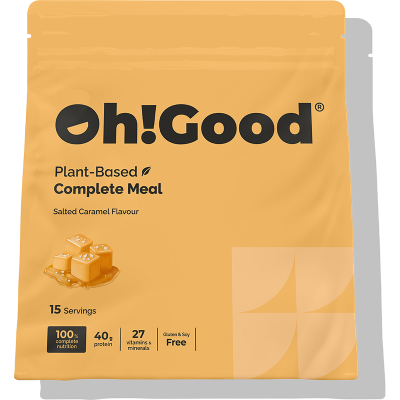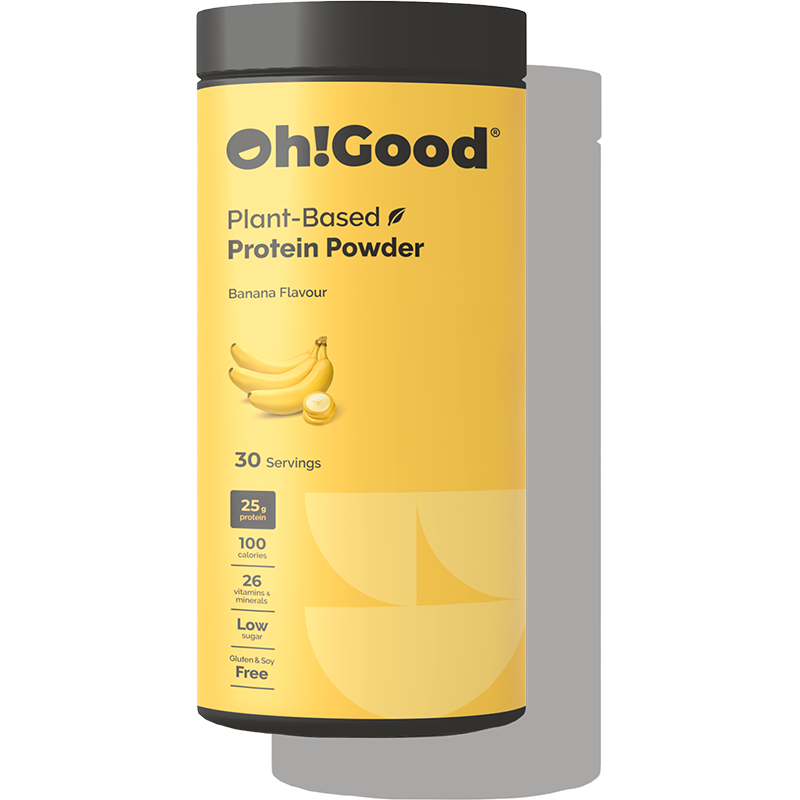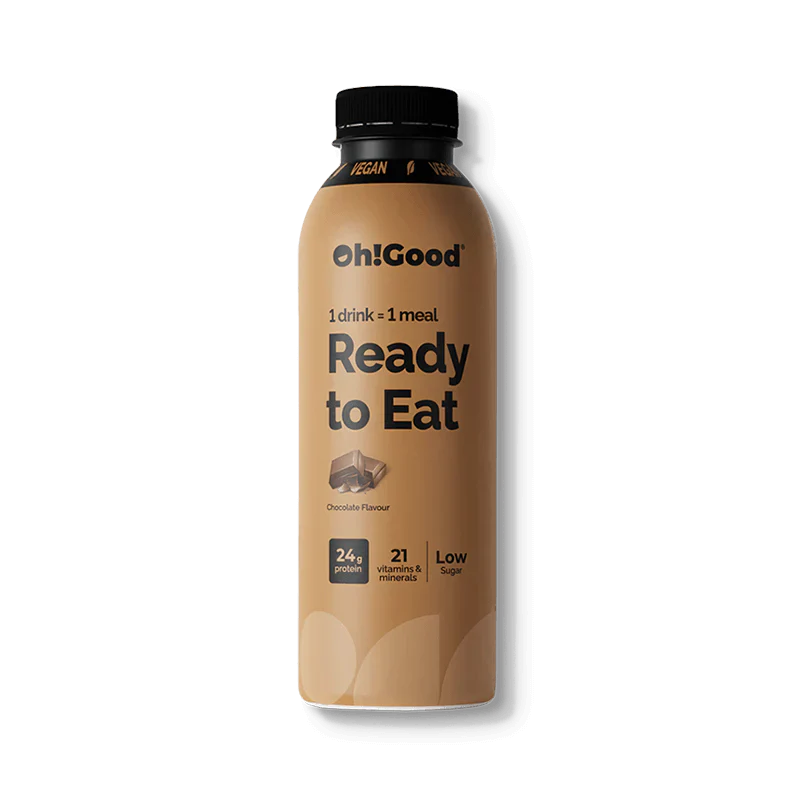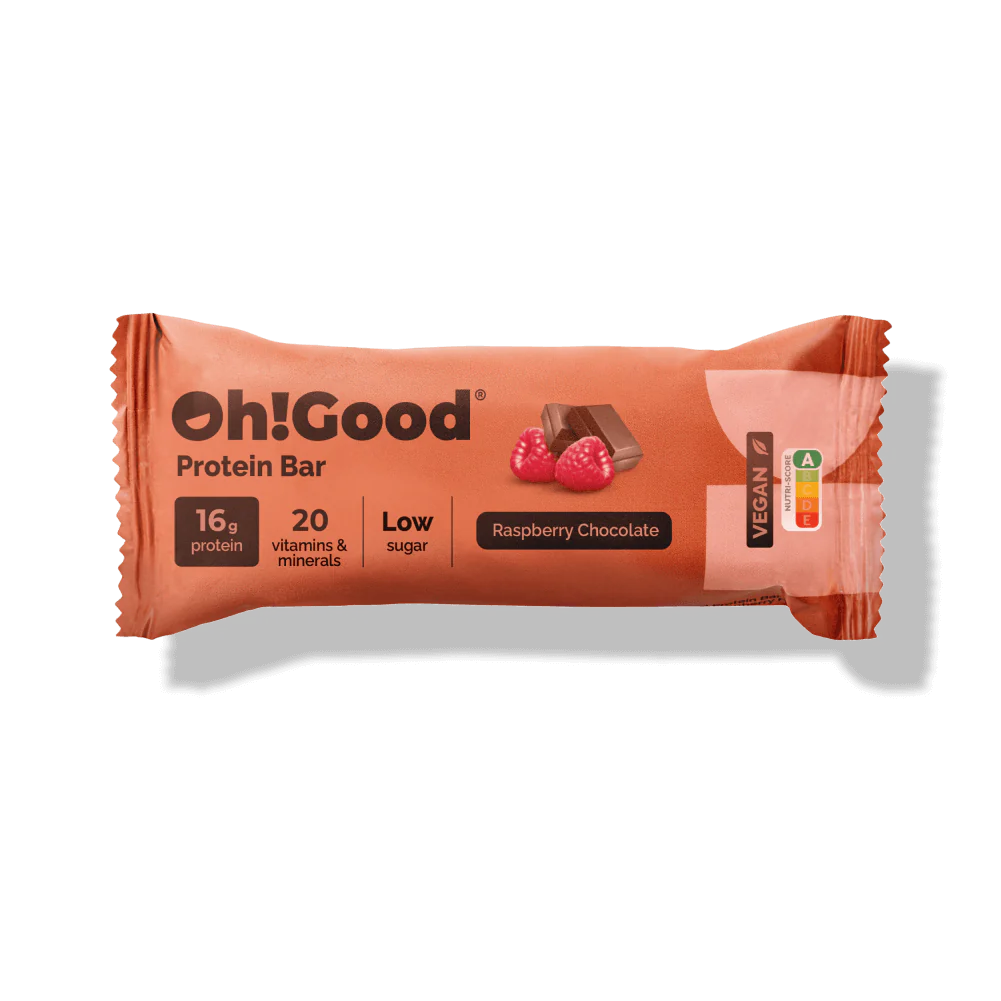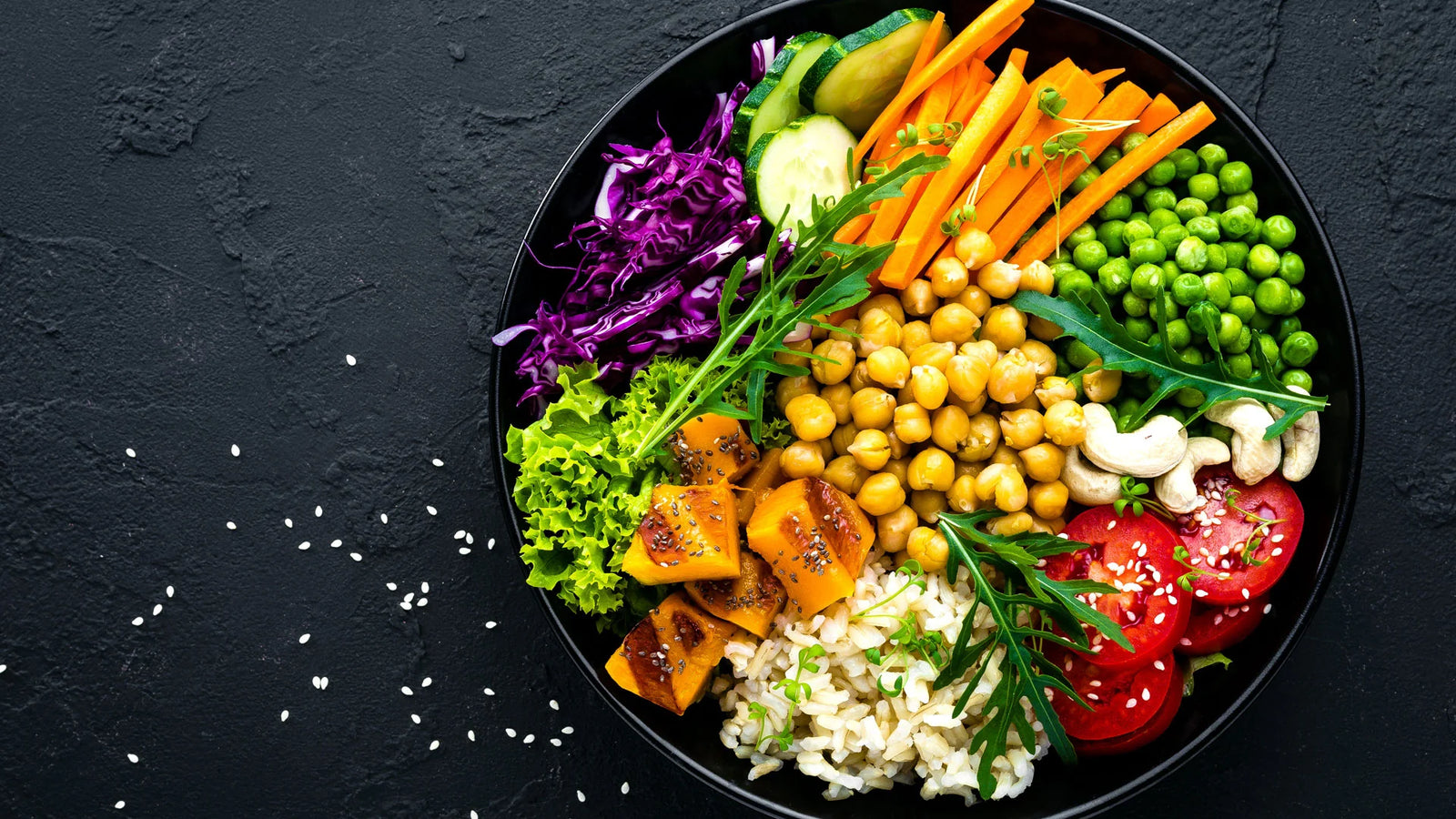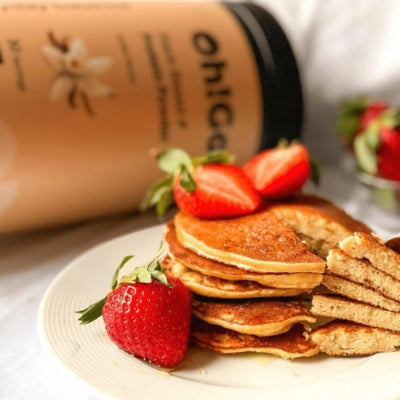In this article, we will look at some of the most popular diets nowadays. But right from now, it is important to mention that there is no "best" and "worst" diet. It's all about calorie balance. The best diet is the one that allows you to follow it for a long period of time and at the same time build a healthy relationship with food.
Of course, every diet has its pros and cons, but the most important thing about any diet is getting the nutrients we need for health and longevity.
The Mediterranean diet
As its name suggests, it became popular around the 1960s and is built on the daily menus of people from Mediterranean countries (mainly Greece and Italy). The reason for the interest is the low levels of cardiovascular disease per capita compared to other parts of Europe and America.
It contains mainly vegetables, fruits, whole grains, fish, poultry, eggs and small amounts of dairy products and red meat.
The diet is rich in essential fatty acids such as Omega 3 and Omega 6, which are very important for our health.
Omega 3, or eicosapentaenoic acid (EPA), improves heart and brain function as well as acting as an antidepressant.
Paleo
This diet is built on the beliefs of what Paleolithic man ate. Hence the name of the diet. Its main focus is eating vegetables, fruits, eggs, honey, seeds, nuts, herbs and meat.
The idea with this diet is to eat real, industrially unprocessed food as found in nature. Lovers of this diet believe that our bodies have never adapted to processing artificial crops and dairy products. The food undergoes zero or minimal cooking (boiling and baking) while avoiding freezing or drying. All modern seasonings, flavourings and preservatives are also rejected.
Some experts consider it a relatively 'easy diet' as it excludes a large amount of modern food. People can focus on "real food" and thus more easily avoid temptations.
Fasting or intermittent fasting
This diet is characterized by periods of eating and periods of "fasting" or periods without food intake. During periods of fasting, it is still permissible to consume water and other calorie-free beverages such as tea and coffee (without sweeteners). This makes the regime relatively easy, affordable and flexible.
There are many types of fasting, but let's share the most popular ones:
12:12 - the lightest possible form of fasting that is recommended for beginners. It consists in a 12-hour fasting window.
16:8 - again a relatively light form of fasting that allows for more flexibility. There are many variations of this mode as anyone can adapt it into their daily routine.
20:4 - the basis of this form of fasting is the idea of eating food in just one four hour window during the day, usually one to two meals.
5:2 - this form of fasting is a bit more extreme as it consists of 2 days of fasting and 5 days of normal eating. Each person can determine which 2 days to fast, and on these days foods and drinks are allowed up to 500 calories for women and 600 calories for men. Another form of this method is alternating days of fasting with days of normal eating.
The main focus of fasting is a person's biological rhythm, which is about 24 hours. It is believed that with periods of fasting and eating, a person can adjust their biological rhythm and with that reap health benefits. The important thing is to consume nutritious and nutrient-dense food during the fasting periods.
Atkins diet
This is a strict, low carbohydrate diet that is based on 4 phases. The different phases determine the different amount of carbohydrates to be taken. Atkins believes that the bulk of calories should come from protein and fat. Carbohydrates are severely limited (especially in the first 2 phases) being taken mainly from fiber rich vegetables. Protein can be sourced from a variety of meats and fish and fats from high-fat dairy, almonds and coconut oil.
Keto
Another popular low carbohydrate diet. In this diet, carbohydrate levels are very limited (up to 5%) and fat levels are quite high (around 75%). The goal is to get a person into a state of ketosis, where the body uses fat as its main source of energy.
A big minus of this diet is the so-called keto flu, which you can get in the initial phase of the diet especially if you are used to taking large amounts of carbohydrates. The keto flu can cause headaches, nausea, fatigue, cramps and bad breath for a week.
Vegan
The vegan diet is entirely based on plant products and animal products are completely excluded from the daily menu.
Often vegans choose this diet not only for the health benefits, but also for the environmental benefits.
However, if you choose the vegan diet you should take into account that essential amino acids and fats are mainly found in animal products. This means that you need to consider your diet carefully so that you do not lack important nutrients such as calcium, Omega 3, vitamin B12 and iron. Combining different plant products can achieve the desired amounts of these nutrients.
However, if you play sports you will most likely need to get extra vegan protein as a supplement.
At the end of it all, you should opt for a diet that is right for you. A diet that is currently trendy, or that a friend of yours uses, doesn't mean it will work for you. However, you need to develop good habits and a healthy relationship with food so that sticking to a diet doesn't put extra strain on you.
Oh!Good's products are rich in high-quality vegan protein, making them a perfect addition to your diet or nutrition plan.
The author of this article is Stavri Stavrev - a certified nutritionist, coach and CrossFit athlete with over 10 years of experience.
If you want to build proper eating habits and achieve peak physical fitness, you can connect with him through his Instagram account.
